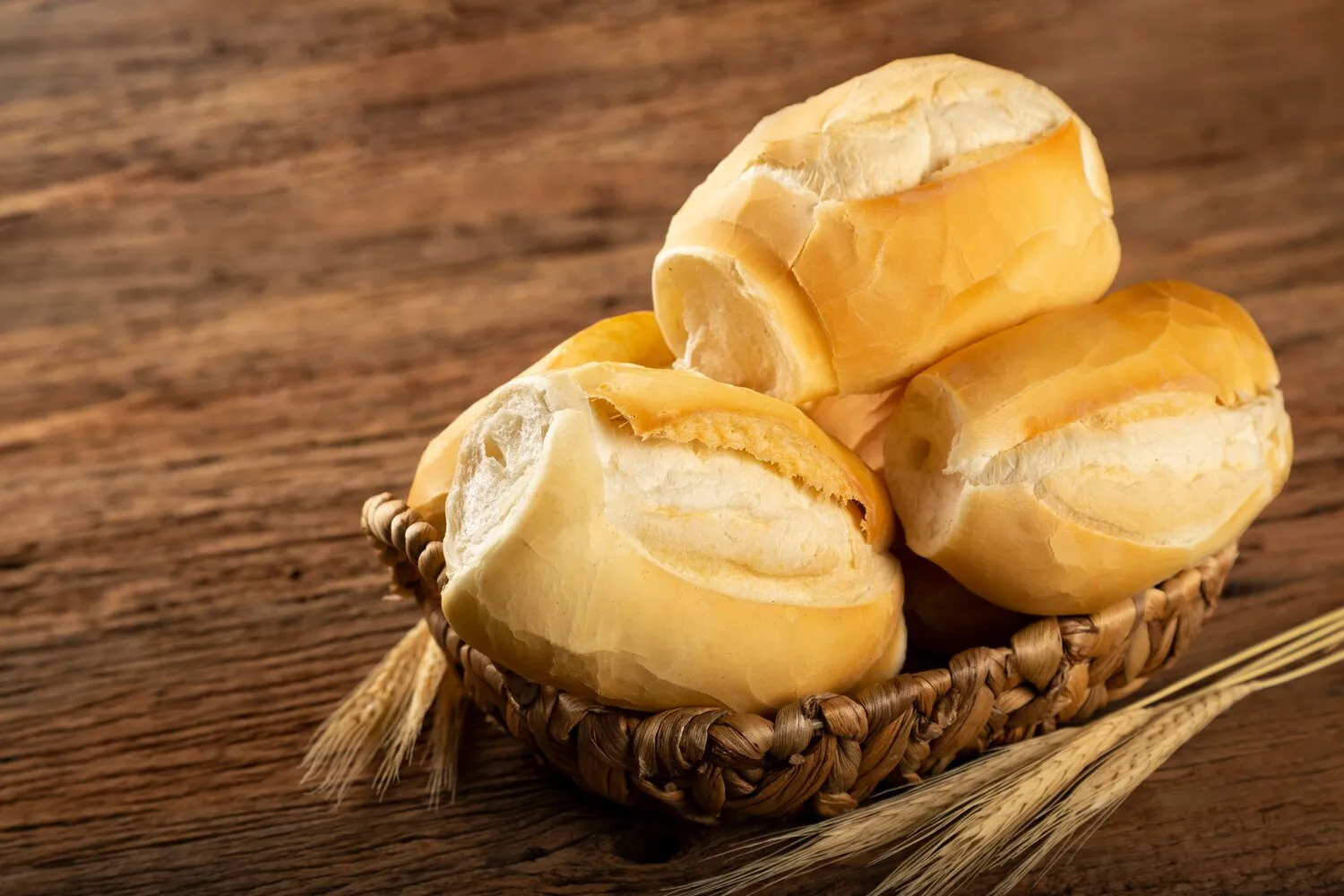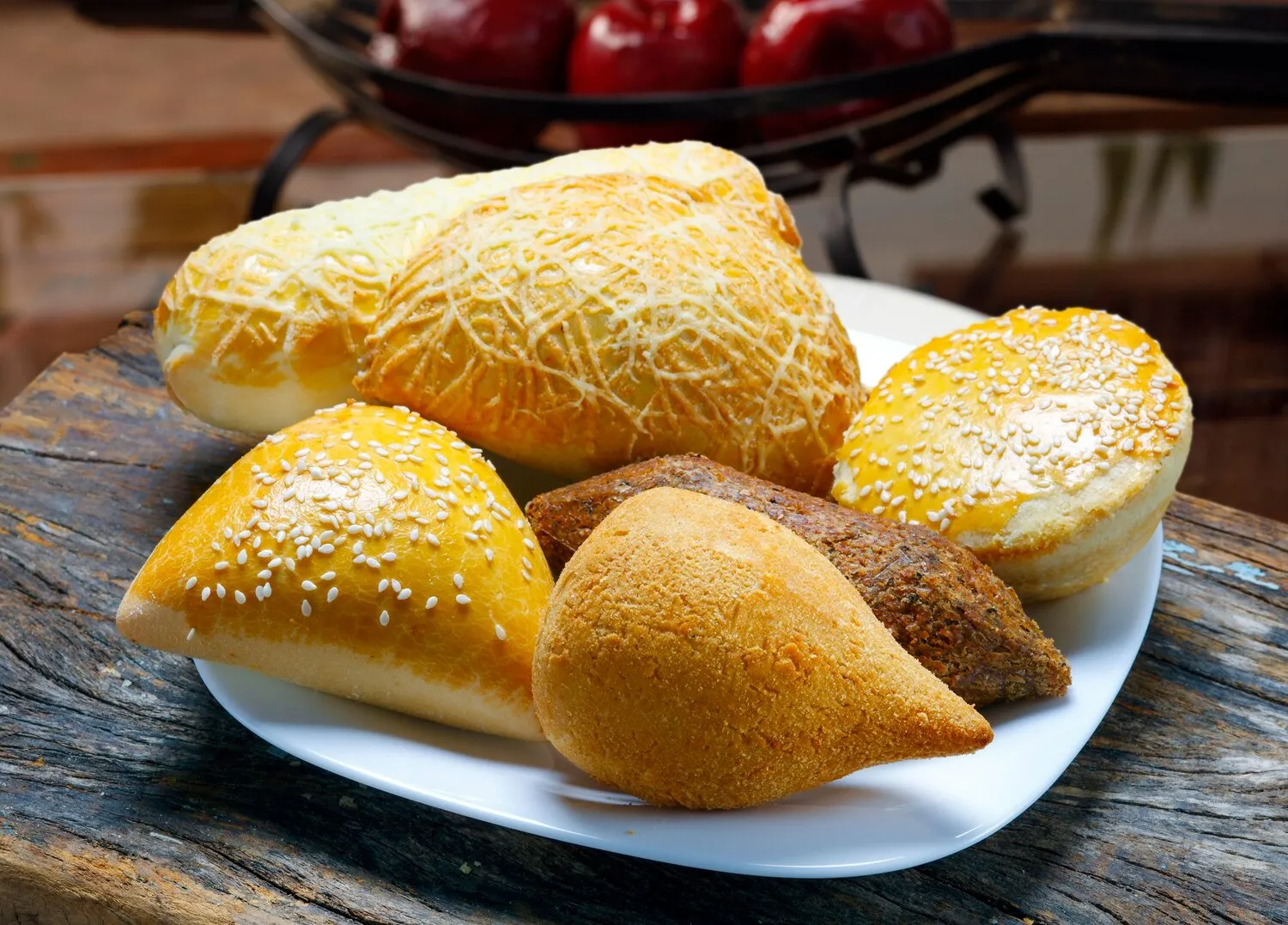
Pão Francês
Classic French bread roll.
Nutrition Facts
* The % Daily Value (DV) tells you how much a nutrient in a serving of food contributes to a daily diet. 2,000 calories a day is used for general nutrition advice.
Vitrine do Pão - Padaria e Cafeteria
Pão Francês, despite its name, originated in Portugal, not France. It's believed to have been inspired by French bread-making techniques introduced to Portugal in the 19th century, leading to the creation of a uniquely Portuguese take on the classic roll. Some suggest the influence came via wealthy Portuguese families returning from France or through French bakers who settled in Portugal.
Pão Francês is a staple in Portuguese cuisine and everyday life, found in nearly every bakery and cafe. It’s a symbol of simplicity and accessibility.
Daily Bread
Pão Francês is consumed daily by most Portuguese people, often with breakfast, lunch, and dinner. It’s considered an essential part of any meal.
Sandwiches (Sandes)
It is frequently used to make 'sandes' (sandwiches) filled with various ingredients such as ham, cheese, or cured meats. These sandwiches are a popular quick and affordable lunch option.
Tradition and Nostalgia
For many Portuguese, the taste and smell of Pão Francês evoke feelings of nostalgia and connection to their cultural heritage. It is often associated with childhood memories and family meals.
Pão Francês offers a simple yet satisfying flavor profile. The taste is primarily that of slightly sweet, fermented wheat with a subtle yeasty note.
The predominant flavor is clean wheat, with a slightly tangy fermented undertone from the preferment (often a poolish or biga). The crust offers a subtle caramelized flavor due to the baking process, contributing a slightly sweet note. There's minimal fat content, allowing the inherent flavors of the flour to shine. The crumb is typically airy and slightly chewy, providing a pleasant textural contrast to the crisp crust.
Preferment is Key
Using a preferment (poolish or biga) is crucial for developing flavor and texture. Allowing it to ferment properly (8-12 hours) significantly enhances the bread's taste and airy crumb.
Proper Scoring
Scoring the loaves correctly is essential for proper expansion during baking. A sharp blade and confident cuts are needed to ensure a good rise and appealing appearance.
Steam for Crust
Introducing steam into the oven during the initial baking phase is vital for achieving a crisp, golden crust. This can be achieved by placing a tray of hot water at the bottom of the oven or using a spray bottle to mist the loaves.
Explore additional Bakery dishes and restaurants
Explore BakeryDiscover top dining spots and culinary experiences in Macaé.
Explore MacaéLearn more about the food culture, restaurant scene, and culinary heritage of Brazil.
Explore Brazil
